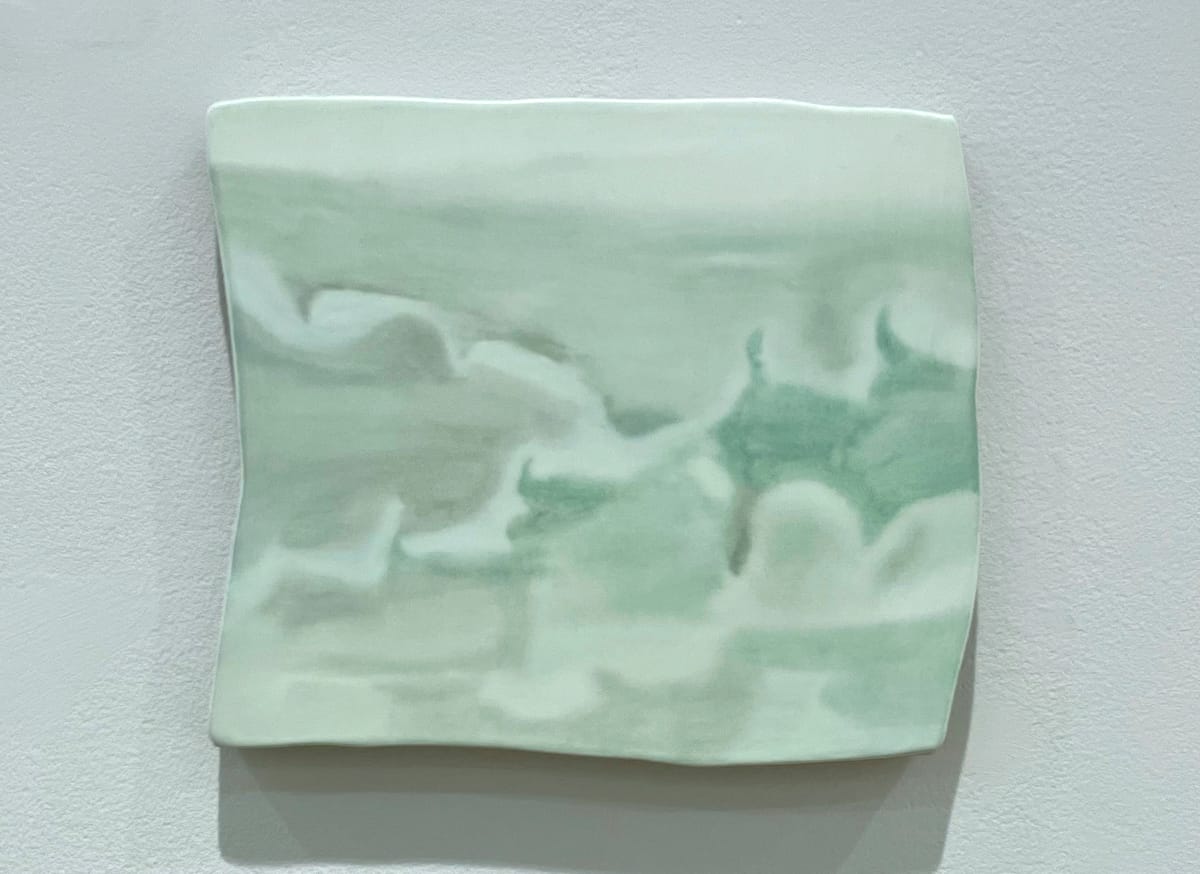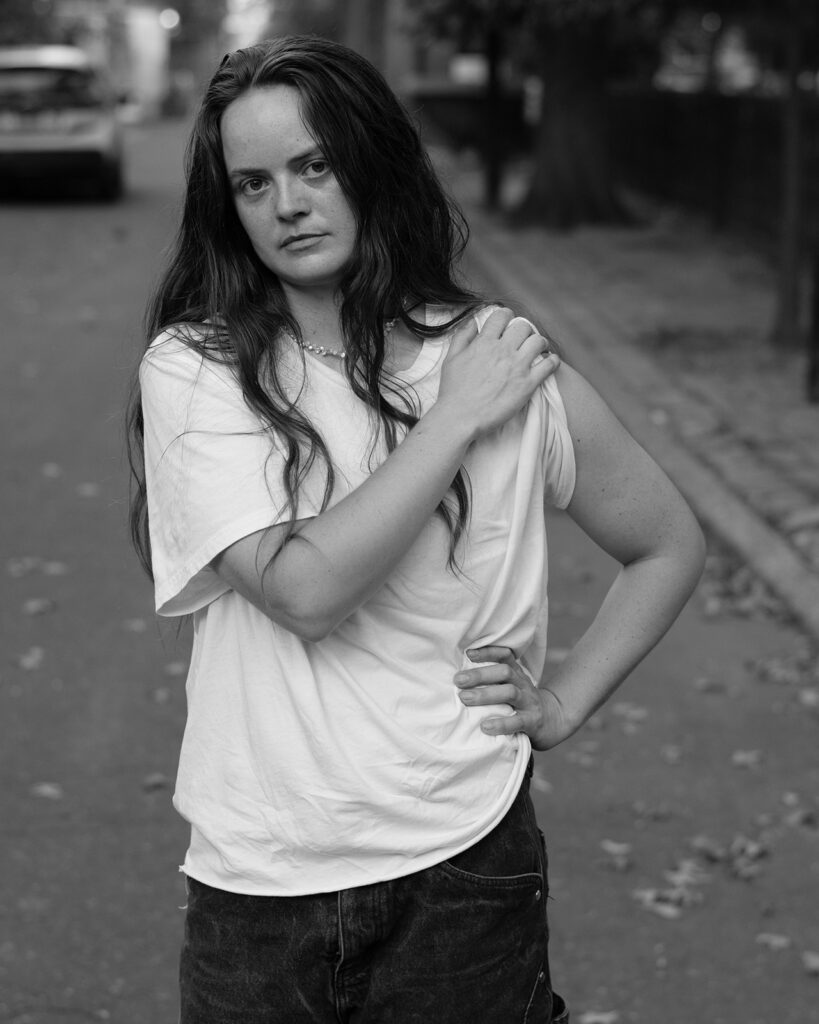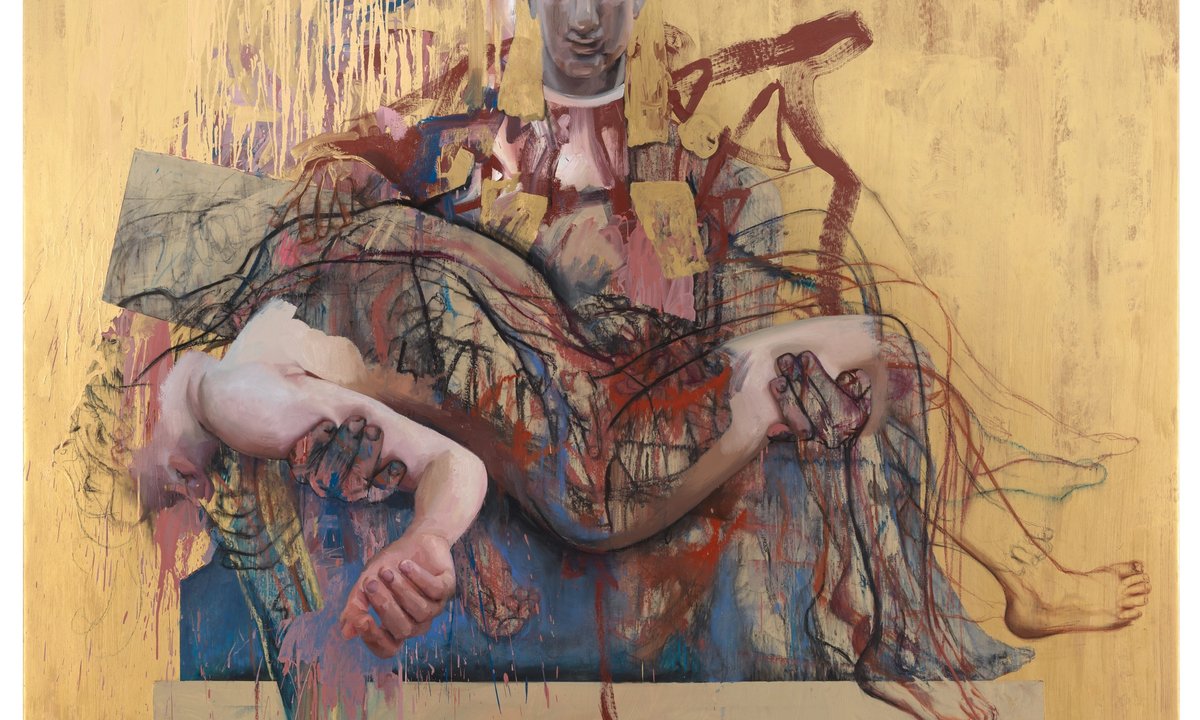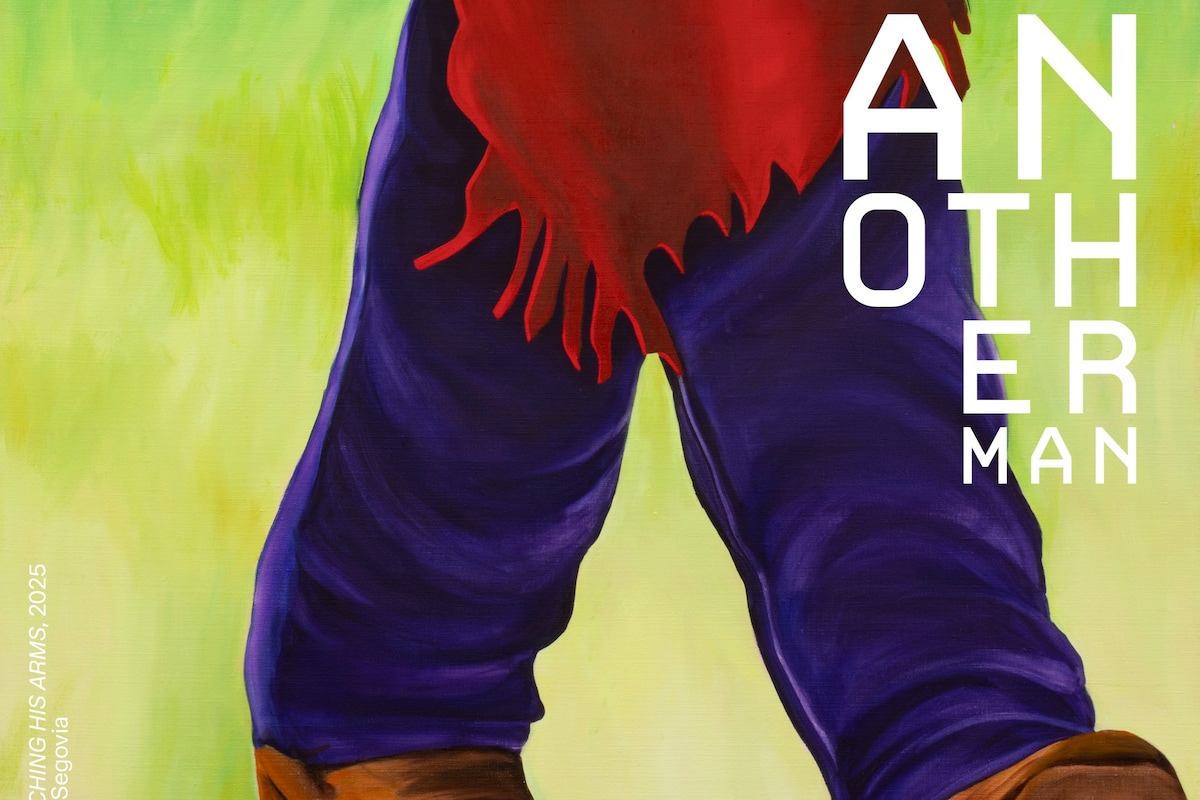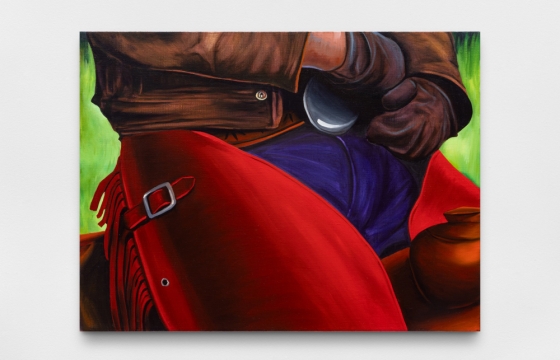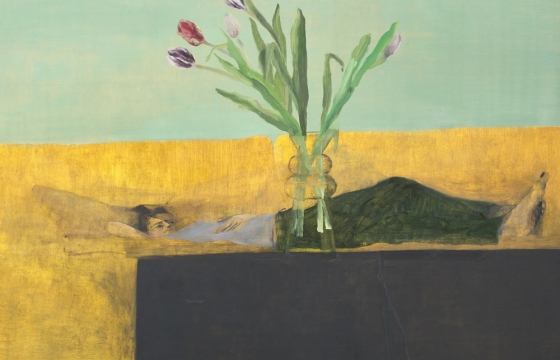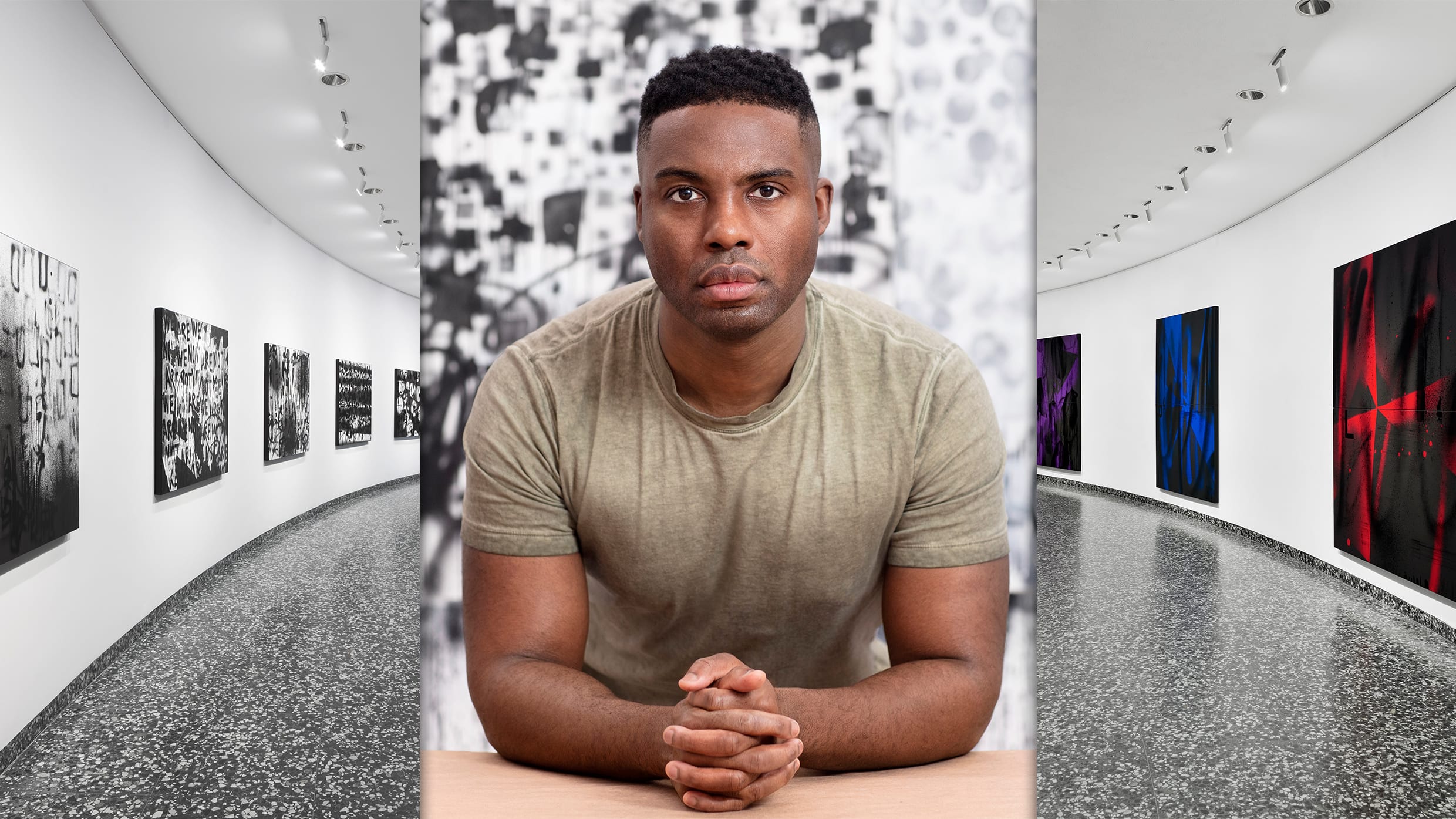fromThe Art Newspaper - International art news and events
3 months agoDavid Bowie Centre, Bukhara Biennial, Hilton Als on Jean Rhys, Hurvin Anderson and Kara Walker-podcast
Earlier this year, we took a tour of the V&A East Storehouse, the Victoria and Albert Museum's vast new complex in East London. This week, it opens the David Bowie Centre, a space dedicated to the music icon. It is the permanent repository of thousands of items from Bowie's archive, which are on display and also available for personal study. Ben Luke explores the displays at the centre with the curator, Madeleine Haddon.
